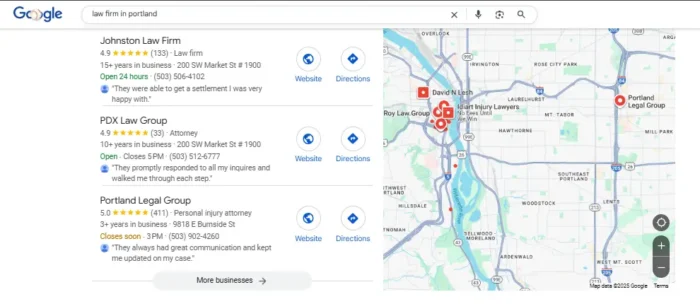Trump calls 'obliteration' an accurate description of damage to Iran's nuclear facilities
Trump on Sunday disputed Iranian attempts to downplay the strikes on its nuclear facilities, stressing that "obliteration" was an accurate description.

A satellite image shows the Fordo nuclear facility in Iran in this handout image dated June 14, 2025.
Maxar Technologies | Via Reuters
U.S. President Donald Trump on Sunday disputed Iranian attempts to downplay the strikes on its nuclear facilities, stressing that "obliteration" was an accurate description, even though the full extent of the damage to Iran's nuclear capabilities was not immediately clear.
"Monumental Damage was done to all Nuclear sites in Iran, as shown by satellite images. Obliteration is an accurate term! The white structure shown is deeply imbedded into the rock, with even its roof well below ground level, and completely shielded from flame. The biggest damage took place far below ground level. Bullseye!!!" Trump wrote on Truth Social.
Damaged or destroyed?
The U.S. Chairman of the Joint Chiefs of Staff Gen. Dan Caine said Sunday that there was "severe damage and destruction" to the facilities at Fordo, Natanz and Isfahan, but did not go so far as to say that Iran's nuclear capacities had been "obliterated."
"Final battle damage will take some time, but initial battle damage assessments indicate that all three sites sustained extremely severe damage and destruction," Caine said.
A satellite image shows the Fordo nuclear facility in Iran in this handout image dated June 14, 2025.
Maxar Technologies | Via Reuters
Meanwhile, the U.S. Secretary of Defense Pete Hegseth said Sunday that while the damage assessment is ongoing, "all of our precision munitions struck where we wanted them to strike and had the desired effect."
When asked if Iran still retains any nuclear capability, Caine said that "BDA is still pending, and it would be way too early for me to comment on what may or may not still be there."
Battle Damage Assessment, or BDA, is a military term that refers to the process of evaluating the effects of military operations on a target.
It usually involves a physical or functional check on the extent of damage, beyond visual signs, and whether the target remains operable.
These assessments are usually conducted by intelligence analysts and reconnaissance teams, using data from drones, satellites, radar, or ground reports. It helps commanders decide if the mission achieved its objectives and if follow-up strikes are needed.
The UN nuclear watchdog chief Rafael Grossi also struck a cautious tone, saying that it was not yet possible to assess the damage done at the Fordo nuclear facility.
Adding to the uncertainty, Reuters reported, citing a senior Iranian source, that most of the highly enriched uranium at Fordo had been moved to an undisclosed location ahead of the U.S. strikes on the enrichment site.
The strikes began early on Saturday, when six U.S. Air Force B-2 stealth bombers dropped six GBU-57 Massive Ordnance Penetrator (MOP) - a 30,000-pound bomb known as the "bunker buster," - on Iran's Fordo nuclear facility, which is built into the side of a mountain.
A seventh U.S. B‑2 bomber released two GBU‑57 bombs on the Natanz Nuclear Facility, while a U.S. Navy submarine also launched a volley of 30 Tomahawk missiles, targeting Natanz and a third site, Isfahan.
The mission, code named Operation Midnight Hammer, involved more than 125 aircraft in total.
— Erin Doherty contributed to this report

 Astrong
Astrong 































